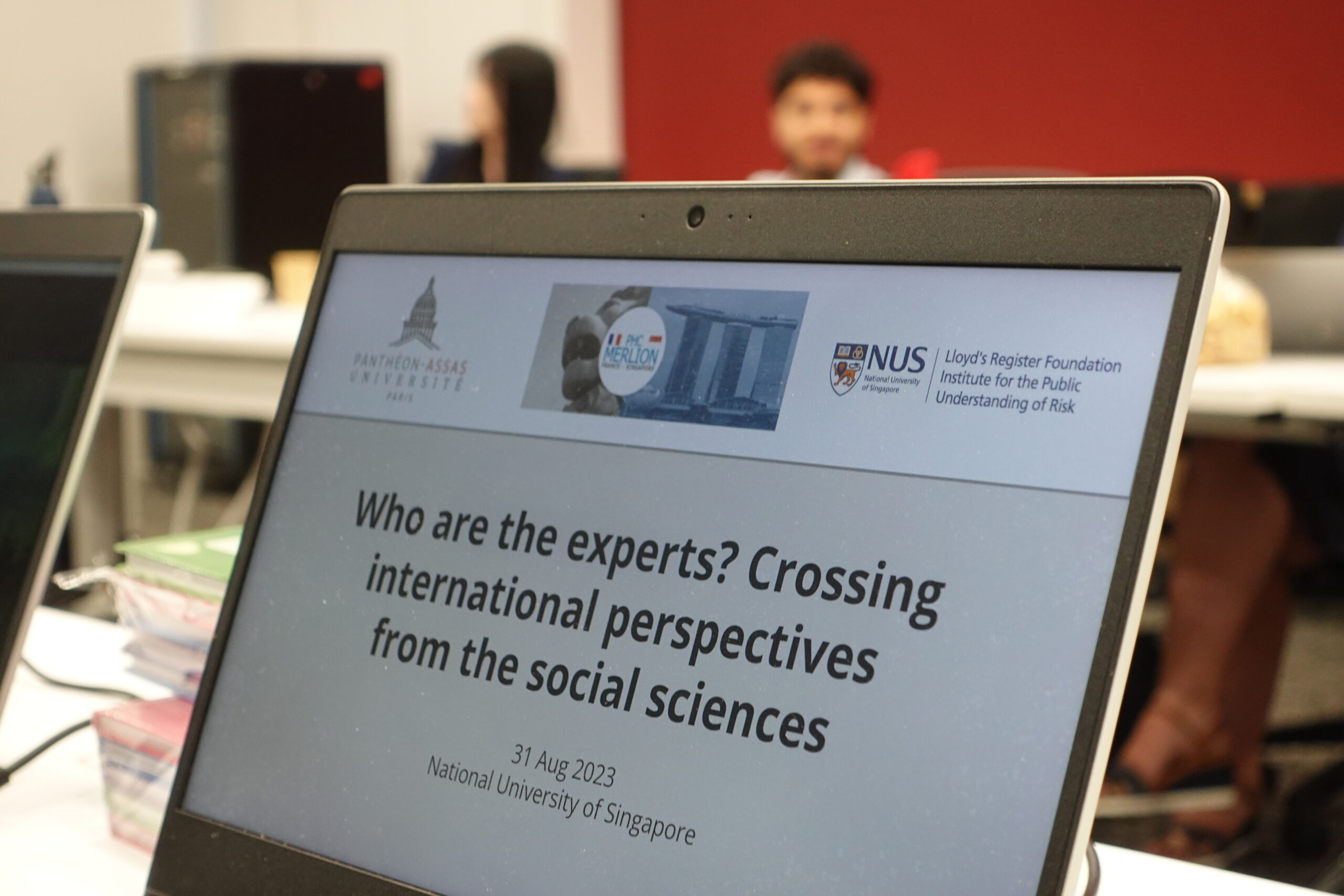Impact Stories
Technological competency: Building a tool to increase confidence and adoption
Assessment framework which identifies technological risk gaps for suitable intervention strategies
A knowledge-based assessment tool has been developed to identify technological risk perception gaps in the built and construction industry, and subsequently design suitable strategies to bridge this gap and help end-users such as project managers be more proficient with technologies.
If you’re not confident in using technology, you would probably have some reservations in using it – you may find it hard to use or not useful. Digital technology has transformed the way we communicate, get news, shop and even find love. While more tasks and information migrate online, there are unique barriers and challenges that may hold some of us back from going into this online space and to adopt these new technologies. Some may not be familiar with such technologies and need to pick up entirely new skills in order to use them. Technological competency, or one’s ability to use technology, is often related to one’s confidence to learn about and competently use technology. This lack of confidence then translates to hesitancy and it affects our likeliness of using certain technological devices.
The first step to overcome this barrier is to assess peoples’ technological competency. Having a strategic and value-added tool to identify a person’s competency with technology can not only help individuals understand themselves and the industries and roles that they are suited for, but also help organisations and businesses select the appropriate candidates for roles which require the adoption of new technologies.
Tool to assess competency
The LRF Institute for the Public Understanding of Risk (IPUR) is working with Prof Hwang Bon-Gang, from the Department of Building, School of Design & Environment at the National University of Singapore, to develop one such assessment tool to assess users’ technological risk perception (TRP) and technological competency (TC) for people in the built and construction industry.
The Knowledge-Based Technological Risk Perception-Technology Competency Analytics System (KBTTAS) is a tool which identifies and explores the reasons for technological risk perception gaps according to the various technological competency levels. Suitable risk communication strategies can then be developed and implemented to bridge this gap and help end-users such as project managers be more proficient with technologies.
High perceived risks leads to low adoption
Prof Hwang’s study interviewed project managers and practitioners in the built and construction industry. Its findings suggest that project managers in this industry have little experience and familiarity in using disruptive technologies, such as AI, block chain and robotics. It also suggested that high perceived risks associated with technology adoption and a lack of skilled professionals to manage these technologies were the main reasons for the lack of adoption.
The attitudes of project managers towards these technologies also caused friction in adoption. A significant number of interviewees were worried and afraid of becoming overly-dependent on technology to the extent that they might lose reasoning skills required in the field.
Bridging a gap
This leads to the TRP, which is defined as the perceived risks on a technology itself, its applications and impact on existing processes, and the TRP gap, which is the difference in the perceived risk associated with the adoption of technologies between experts and project managers in the built environment industry. Prof Hwang’s study aims to reduce the TRP gap through the use of appropriate risk communication interventions to increase the adoption of disruptive technologies and to maximise the potential of these technologies to improve the performance of the built environment industry.
The KBTTAS can be used by governments, industries or organisations to align individual perceived risks associated with technology adoption with experts’ perceived risks. This will reduce the resistance of end-users toward adopting disruptive technologies and encourage adoption of new technologies. Apart from aligning existing staff, KBTTAS can be used to assess new hires and become more nimble and adaptive towards new technologies – a growingly important quality that is required in the current fourth industrial revolution where technologies are constantly changing.
To be able to apply and be competent in technologies and more, Prof Hwang noted in his study that project managers have to be proficient in managing data inputs and outputs from the technologies to ensure accurate results, as well as be flexible and adapt according to the situations as there are no existing standards or guidelines overarching the implementation of the technologies.
An eye on the future
Through IPUR and Prof Hwang’s efforts in this project, the long-term goal is to lay the foundation of being able to understand underlying factors that determine one’s TRP and TC, which can further drive the adoption of disruptive technologies and guide governments, industries and organisations in transitioning towards new technologies beyond the Fourth Industrial Revolution.
Promoting a positive digital technology adoption mindset not just in the built construction industry but throughout all sectors and businesses requires confidence building and support from employers. An unwillingness to adopt technologies coupled with the ever-growing rate of technology implementation in other industries could lead to a undesirable stagnation in progress and a lasting mentality that disruptive technologies have no place in the construction of buildings.


